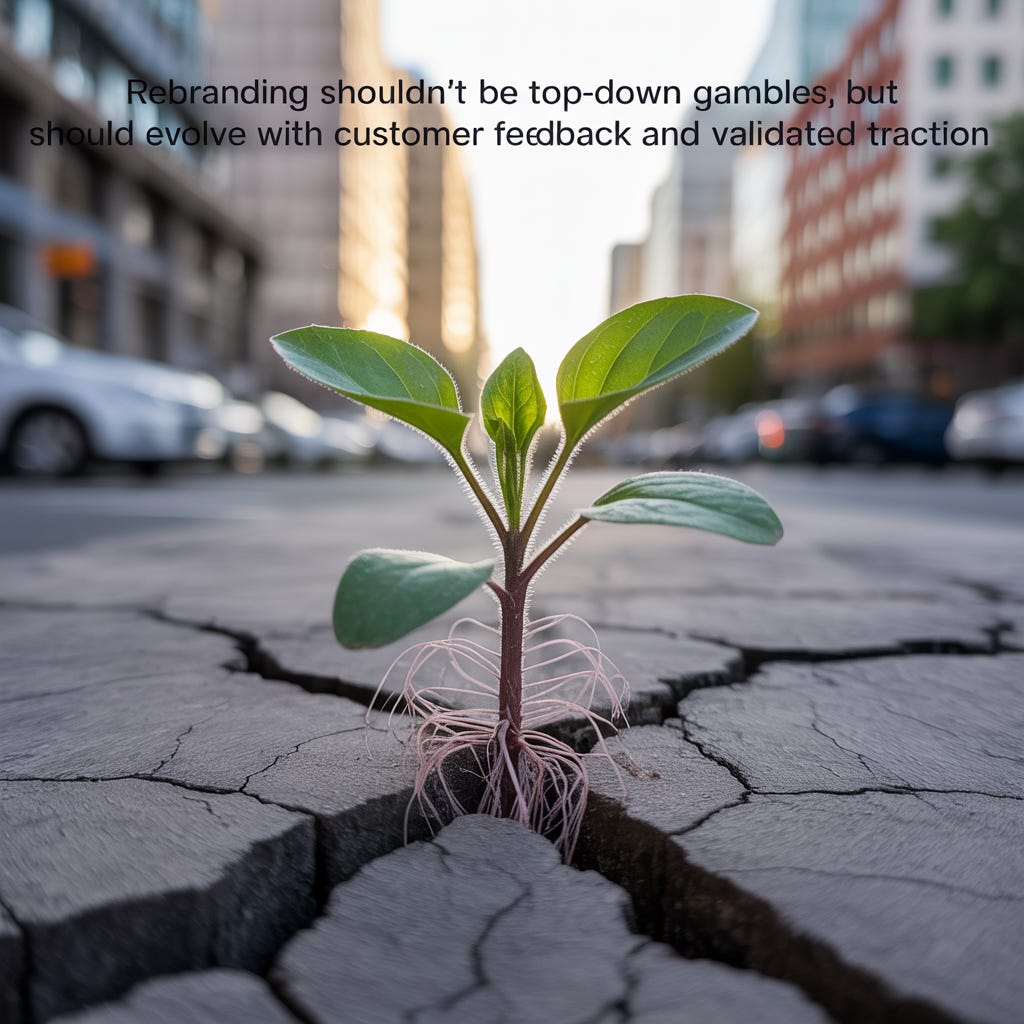Cracker Barrel’s Rebrand: Zero Lessons for Startups
Startups Should Let Users Drive Logo Changes
The Cracker Barrel (CBRL) restaurant chain stirred up a hearty helping of controversy—and grabbed a prime spot on the news buffet—when it unveiled a $700M rebrand. Out went “Old Timer Uncle Herschel,” the folksy face of yesteryear, and in rolled a sleek barrel-shaped wordmark meant to toast “the diversity of all our guests” and show a “passion for pleasing people of all races, colors, and genders.” The plan was to swap out the usual crowd of silver-haired couples for a younger, more colorful mix of diners. But the recipe fell flat: loyal patrons grumbled, investors soured, and the stock slid—only to perk up again once the company sheepishly rolled the old logo back onto the menu.
Cracker Barrel’s stock has never found its way back to the $170 heights of pre-COVID, weighed down by shrinking traffic, sluggish same-store sales, and a menu out of step with changing tastes. The chain was already stuck in a rut when its pricey rebrand collided with an unlikely cheerleader: President Trump, who on Truth Social applauded the logo rollback with a hearty, “Good luck, make lots of money, and make your customers happy again!”
Takeaway For Startups
Logo changes should never be the result of a multimillion-dollar, top-down gamble; they should be guided by signals from the ground—product-market fit, product-led growth patterns, the sales pipeline, and early customer feedback. A logo is shorthand for a brand’s promise, and in the early days it should evolve in step with the business itself: how the product develops, how it’s used, and how it’s loved. When customers discover new use cases, evangelize features, or pull the product into unexpected markets, the logo can—and should—adapt to reflect that story. Unlike Cracker Barrel’s attempt to impose a new identity on an unreceptive base, startups should view rebranding as a natural byproduct of validated traction, listening to what users reveal through engagement and growth rather than trying to reinvent the narrative in isolation.


